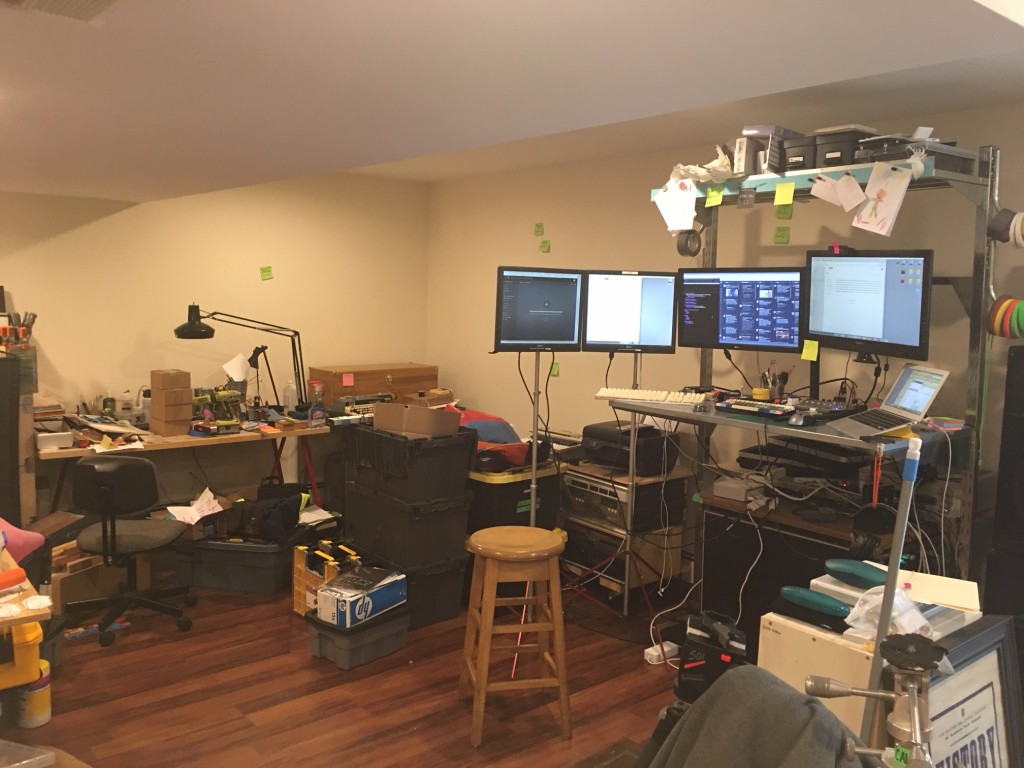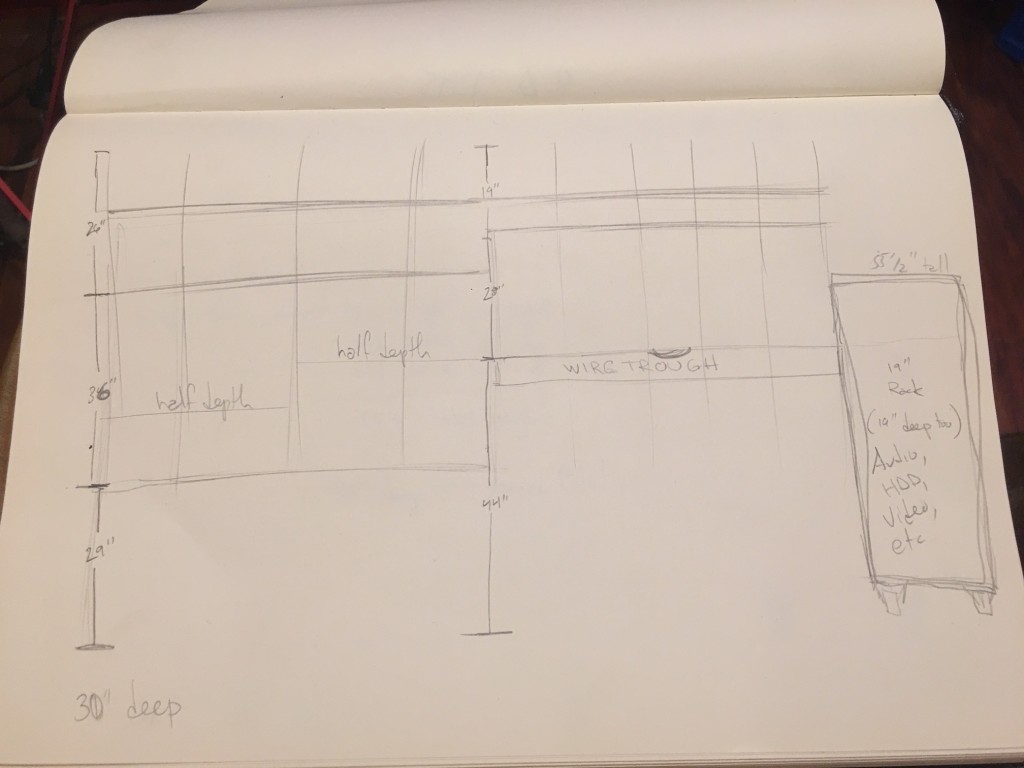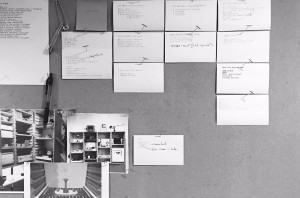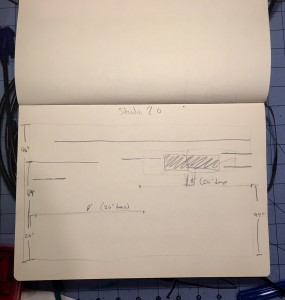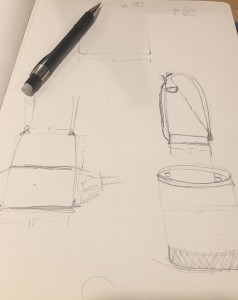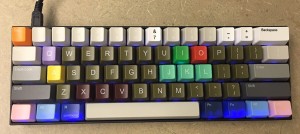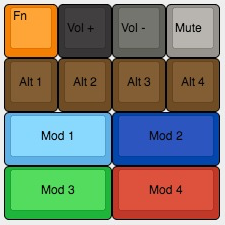Alright. Let’s start at the beginning.
Shortly after the lockdown happened, we started trying to spend more and more time outside as a family. We can add to that the initial food-instability we were feeling, and before I knew it my better 3/4 bought a garden-in-a-bag off Amazon. A mylar envelop showed up full of tiny bags of seeds- labeled, sort of. They said things like “Pumpkin” and “Tomato” without any information about type or needs. Ok.
So: We knocked together 3 4′ x 4′ raised beds, filled them mostly from our compost/yard waste pile, and jammed the seeds in. A bit of watering and off we went.
The results were… crazy. Nearly everything came up (minus the Chives and most of the Basil), and we had huge yields. Arugula, lettuces (red, romaine, and butter), peas, broccoli, cauliflower, cucumbers, red cabbage, tomatoes, cherry tomatoes, jalapeños, banana peppers, cayenne peppers, bell peppers, carrots, watermelons, cantaloup, radishes, and pumpkin all came up. And we got results from everything except the brassicas- the cabbage moths got those. All that from three tiny raised beds. Oh, and when we found some sprouted onions and potatoes in the pantry, we planted those, too. And they grew (the onions eventually went into a pot roast we made).
Besides the food, the time in the garden was very good for all our health. There was always something to putter with- weeding, picking, spotting new growth, and watering. It was relaxing and it was outside. It was amazing. It looked and smelled beautiful.
On the heals of that success, we’re ramping up for next year. Here’s the current plan:
- New seeds. We’ve bought seeds from a serious supplier, and we’ve picked some stuff we’re really excited to grow. Hopefully better varieties than last year. Plus we’re planning more onions, potatoes, and we’re planting an apple tree too. At least. Maybe a kiwi or fig tree, too.
- More beds. We’re upgrading to 6 4′ x 8′ beds. And we’re keeping the original three small beds as an “experimental” area. There are some allium bulbs planted there already, for example. Also, I’m going to rip up 50% of our large front yard. That’ll get seeded with a bunch of native wildflowers and be the space for the pumpkin plants (and maybe the watermelon) to run rampant.
- Much earlier indoor seeding for some plants. Tomato, melons, pumpkins, and peppers will all get started much earlier indoors under grow lights. We ran out of season before we got full yields, and this should help with that a lot.
- Planting flowers as well- to hopefully attract more pollinators and spice up the joint a little, too.
We’ll see, I suppose, if all these plans work out. It’s a lot (the fencing alone is a project), but I’m hoping the eventual relaxation it affords is worth it.
